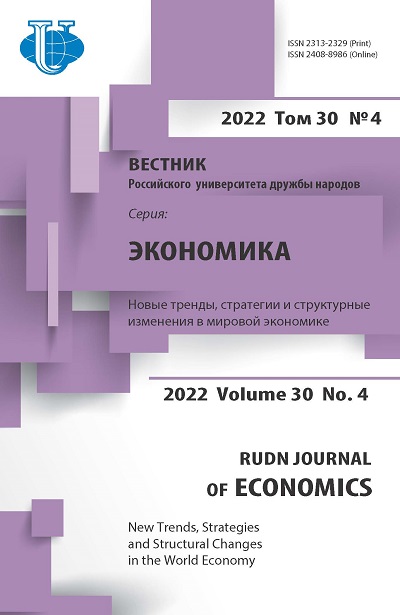Abstract
The problem of ensuring the economic security of the state in modern geo-economic realities is becoming an increasingly important issue. The rupture of foreign trade relations, the search for reliable trading partners, as well as building new logistics routes create challenges for the economic security system not only of the Russian Federation, but of the entire Eurasian Economic Union. Despite the fact that the fundamental basis of regional integration may be political interests, it is the positive economic effects that are the key to the long-term successful development of economic integration that can withstand emerging threats. In this article, based on a systematic approach, the essence of the concept of “economic security of a regional integration association” is proposed. Based on the analysis of theoretical approaches to understanding economic security and international economic integration, the features of the economic security of international integration entities are highlighted. The conceptual apparatus is defined - an object, a subject, interests and threats, security measures and a system for assessing regional economic security. It was revealed that the area of economic interests of a regional integration association is less than the area of economic interests of the state, and the area of threats of a regional integration association, on the contrary, is greater than the area of threats of a member state included in the association. It has been determined that the economic security of a regional integration association is a dynamic characteristic of the state of the key elements of the economic systems of the member states of a regional integration association in terms of their ability to withstand emerging external and internal threats and fully perform their functions. At the same time, the basis for ensuring the economic security of an integration association is the formation of a system of convergence of industries of states with a similar level of socio-economic development based on the application of supranational regulation measures in conditions of inclusion in world economic relations.















